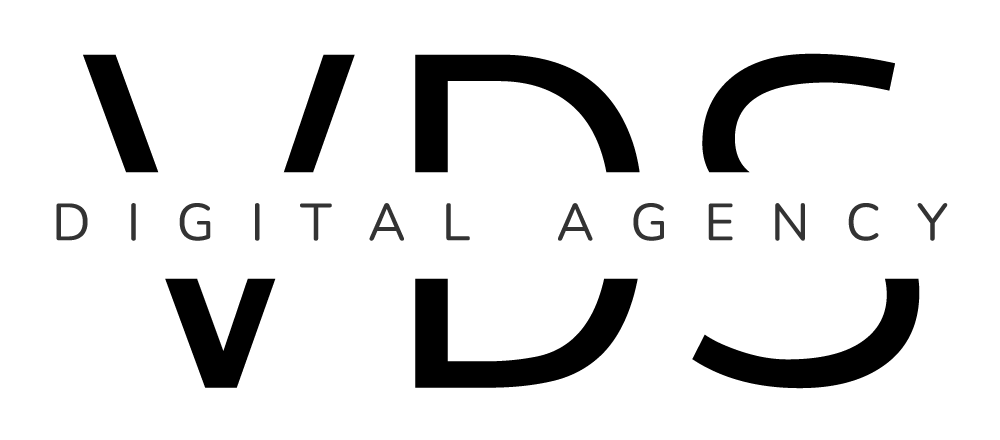As we discuss UX Marketing, often I hear questions about the difference between this new UX-driven approach and traditional marketing. While both have the same goals: get leads and drive sales, the means and approaches differ. In this article, I’ll discuss both types of marketing and how we can take advantage of both to grow a business. Traditional marketing is, in fact, still applicable to an extent, and UX Marketing is using these well-known techniques in a new light.
Traditional Marketing
Here is a short definition of traditional marketing.
Traditional marketing, which encompasses Google Ads, TV commercials, billboards, print ads, and direct mail, is often complemented by online advertising methods. These include digital platforms such as social media ads, search engine optimization (SEO), email marketing, and display advertising on websites. Traditional marketing’s focus is on reaching a broad audience through mass media channels. It relies on interruptive tactics to grab the attention of potential customers. The success of traditional marketing campaigns is often measured by brand awareness, reach, and sales volume.
Traditional marketing’s focus is on reaching a broad audience through mass media channels. It relies on interruptive tactics to grab the attention of potential customers.
In short, traditional marketing is about reaching the maximum number of potential customers and getting a small amount of them to interact with your content and become clients. Generally, the conversion rates of such techniques are pretty low, but if the advertising is broad enough, it is still working for businesses.
One of the main downsides is that it can cost a lot of money and time to create these campaigns, and it is even more difficult to know WHO interacts with your brand until they become customers. Plus, getting “clicks” and “views” in 2024 is not enough to drive sales.
Mapping the Whole User Journey
Now let’s introduce UX Marketing. It is a new concept in the sense that it hasn’t been well-defined yet before I started to write about it. However, it is, and has always been, used by the best marketers for the maximum results. Here is a short definition of this innovative approach.
UX Marketing, also known as User Experience (UX) Marketing, is a strategic approach that focuses on creating engaging and personalized experiences for customers. It is unique because it doesn’t start with the product; it begins with the brand’s first impression. The goal of UX Marketing is to understand and meet the customers’ needs, making their interactions with a brand seamless and enjoyable all along the user journey, from brand awareness to customer loyalty. It leverages data and insights to deliver targeted and relevant messages to specific customer segments. The success of UX Marketing campaigns is measured by metrics such as conversion rates, customer satisfaction, and customer retention.
[UX Marketing] is unique because it doesn’t start with the product; it begins with the brand’s first impression.
In short, UX Marketing is a user-centered marketing. Leads are either defined by personas or actual persons interacting with your brand and product. There is a strong focus on understanding their whole user journey, ensuring it is engaging and fulfilling their needs.
Advantages of UX Marketing over Traditional Marketing
At VDS, with our members and clients, we are working on building UX Marketing strategies with visual workflows, improving each touchpoint, and creating new generation sources. Below are the advantages of this viewpoint.
- Customer-Centric Approach: UX Marketing puts the customer at the center of marketing strategies. By understanding the needs, preferences, and behaviors of customers, businesses can create meaningful experiences that resonate with their target audience. This customer-centric approach builds stronger connections and fosters loyalty.
- Personalization and Relevance: UX Marketing allows businesses to deliver personalized messages and experiences to individual customers. By leveraging data and analytics, marketers can tailor their content, offers, and recommendations based on customer behaviors and preferences. This level of personalization increases engagement and conversions, lowering the cost of marketing campaigns.
- Enhanced Customer Experience: UX Marketing prioritizes the overall customer experience throughout the entire customer journey. By focusing on usability, accessibility, and simplicity, businesses can create intuitive and enjoyable interactions that leave a positive impression on customers. This leads to higher customer satisfaction and advocacy.
- Data-Driven Decision Making: UX marketing relies on data and insights to inform marketing strategies and tactics. By analyzing customer data, businesses can identify trends, preferences, and pain points, enabling them to make informed decisions. This data-driven approach allows for continuous improvement and optimization of marketing efforts.
- Measurable Results: UX marketing provides measurable results through key performance indicators (KPIs) such as conversion rates, customer satisfaction scores, and customer retention rates. This allows businesses to track the effectiveness of their marketing campaigns and make adjustments as needed, ensuring a higher return on investment.
Conclusion
In conclusion, UX Marketing offers several advantages over traditional marketing. UX Marketing emphasizes personalized, engaging customer experiences over traditional marketing’s broad-reach approach. It’s about understanding and meeting customer needs at every journey stage, using data to deliver targeted messages, and enhancing overall satisfaction.
UX Marketing emphasizes personalized, engaging customer experiences over traditional marketing’s broad-reach approach.
This marketing initiative leads to stronger customer connections, higher engagement, and measurable results, making it a powerful alternative to conventional marketing methods. By combining innovative UX strategies with traditional marketing techniques, I believe in helping businesses create engaging, user-focused experiences. This not only enhances customer satisfaction but also drives sustainable growth, setting a new standard in digital marketing.





